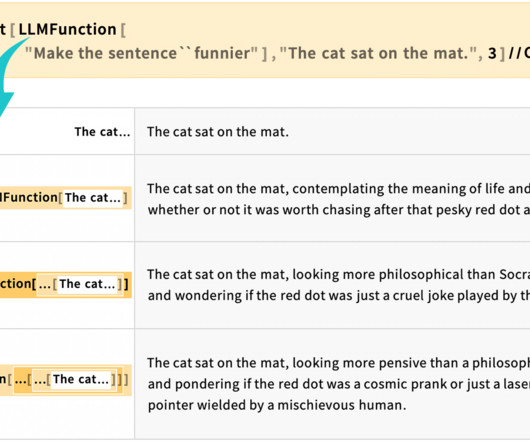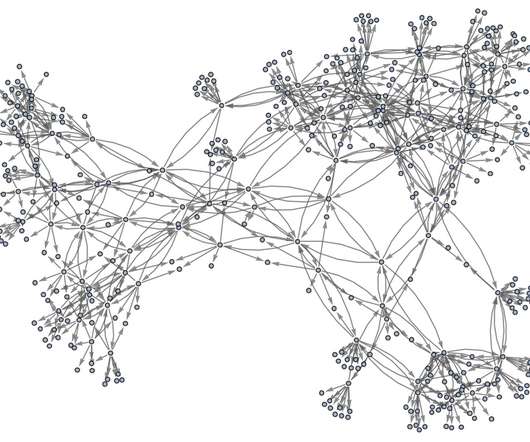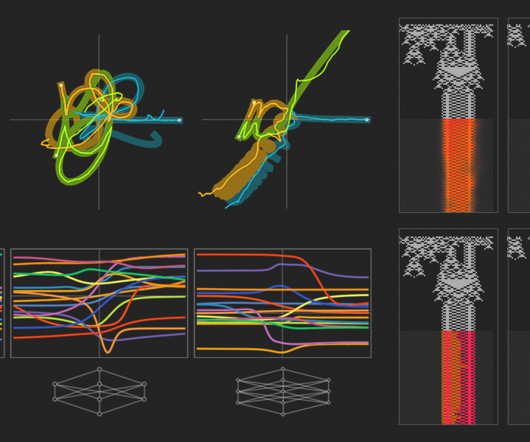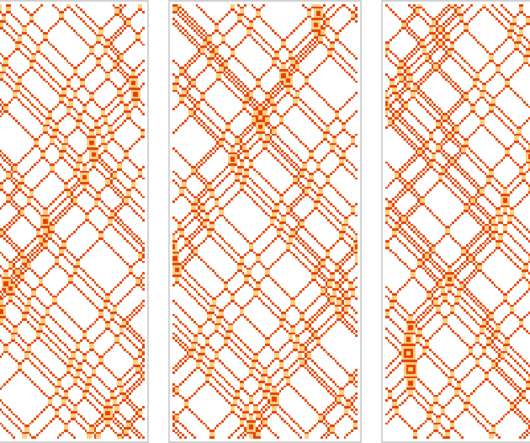Don’t Give Up on Algebra: Let’s Shift the Focus to Instruction
National Science Foundation
SEPTEMBER 22, 2021
Researchers and policy makers have pushed to open that gate—providing more students access to algebra, focusing in particular on those students historically denied access to higher-level mathematics. Yet we have not seen equal advances in achievement (National Center for Education Statistics, 2019). Domina et al.,













Let's personalize your content